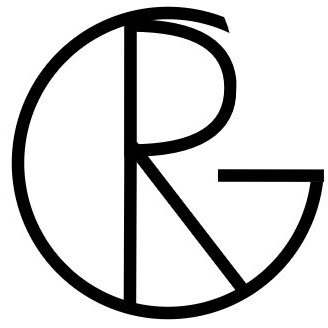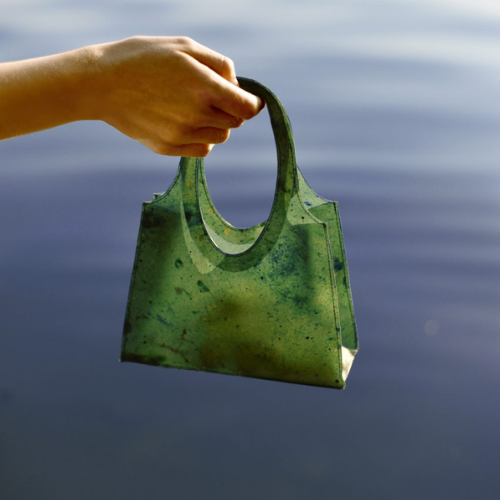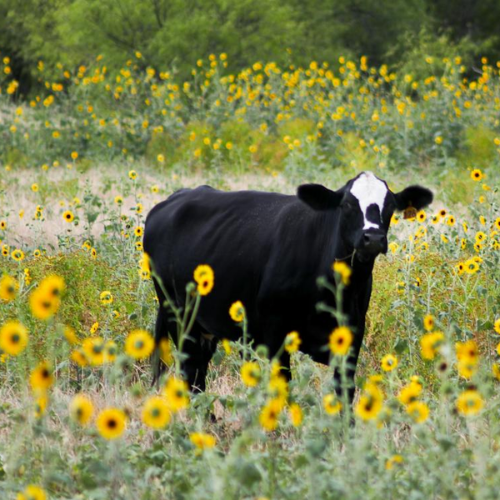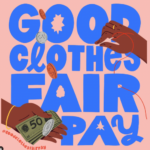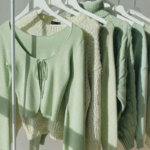In recent years, we have seen a noticeable shift in consumer consciousness towards ethical and sustainable fashion choices. As consumers, we have many more requirements that our products must uphold before consuming them. That includes its impact on animals.
Veganism, once confined to dietary preference, has now transcended into a lifestyle choice that extends to clothing, accessories, and makeup. This paradigm shift is not merely a trend but a reflection of a growing awareness of the environmental and ethical impact of the fashion industry.
The Ethical Footprint of Traditional Fashion
Traditional fashion practices often involve the use of animal-derived materials such as leather, fur, silk, and wool. These industries have faced criticism for their environmental impact, ethical concerns regarding animal welfare, and the often questionable labor practices associated with their production. As consumers become more informed and conscientious, there is a rising demand for alternatives that align with a compassionate and eco-friendly lifestyle.
What is Vegan Fashion?
Vegan fashion exclusively uses plant-based materials and has a steadfast commitment to avoiding animal products, by-products, or causing any harm to animals throughout the production.
While veganism in fashion might seem like a contemporary trend, the use of plant-based materials has been a long-standing practice in clothing production. Take, for example, cotton and hemp – these materials have been used for clothes forever.
It is crucial to clarify a common misconception: vegan and cruelty-free are often used interchangeably, but they are not the same.
By definition, a vegan product is inherently cruelty-free because it excludes any animal-derived materials, ensuring no harm to animals in its creation. Conversely, the term cruelty-free, while indicating that no harm was inflicted upon animals during the production of a product, does not guarantee its vegan status. In other words, cruelty-free products can still contain animal materials. Take, for instance, the wool obtained from sheep through shearing. The process – usually – does not harm the animals but still yields an animal product.
This subtle yet crucial distinction highlights the complexity of ethical considerations within veganism and cruelty-free practices. While both concepts contribute to a more compassionate and humane approach, understanding their differences ensures consumers can make informed choices aligned with their values.
Vegan Fashion: Animal Welfare
The most compelling reason to choose vegan fashion is its support for animal welfare. Traditional clothing often relies on animal products like leather, fur, pelts, and wool, sourced from animals subjected to factory farming. This practice involves terrible living conditions and widespread abuse, as animals are exploited and mistreated for their skin.
In regions with lax animal welfare regulations, such as China and India, leather production can involve extreme cruelty, with reports of animals being skinned alive.
Opting for vegan fashion means actively rejecting clothing derived from such practices, promoting a stance that prioritizes the ethical treatment of animals.
Vegan Alternatives: The Environmental Controversy
One thing is certain: opting for vegan fashion undeniably benefits animals. However, another common conception is that it is better for the environment. While this is definitely true for a vegan diet, it raises some questions for the fashion industry, especially if we look at vegan alternatives for animal-derived materials.
When we consider the greenhouse gases of animal-based products, we see that they generally have a higher greenhouse gas emission compared to vegan alternatives. According to the leather panel, for example, the CO2 emissions for cow’s leather equal 110kg of CO2 per square meter, while artificial leather impacts 15,8kg of CO2 per square meter. Yet, it’s important to recognize that the environmental impact extends beyond leather; wool and silk, as highlighted by Vogue, also demonstrate a larger ecological footprint compared to their vegan counterparts. The production processes for these materials involve significant quantities of water, energy, and chemicals.
However, this does not capture the whole story. Many vegan alternatives, like faux leather or pleather as it is often called, appear as an ethical choice, yet they are made from fossil-fuel-based plastics. The production of these materials has a considerable environmental impact, demanding excessive water, energy, and chemicals. Additionally, these materials are neither biodegradable nor recyclable, contributing to long-term environmental challenges. Even worse, the quality of synthetic leather often falls short compared to genuine leather in terms of durability and longevity.
This environmental dilemma extends beyond leather alternatives. Wool, fur, and silk are often substituted with materials like polyester and acrylics, which share a similar environmental impact as faux leather. As Veja co-founder Sébastien Kopp accurately said to Vogue, “If you replace leather with plastic fabrics that come from petroleum, can you claim you are more ecological? If you follow the path of plastic, you end up drilling petroleum.“
From this perspective, it becomes evident that vegan alternatives are not always better than animal-based materials regarding environmental impact.
Even seemingly eco-friendly plant-based alternatives, like fruit leathers, may incorporate some synthetic materials.
Hence, the “vegan” label does not necessarily translate to more environmentally friendly. Some animal-derived products, owing to their durability and longevity, might be more sustainable than certain vegan materials.
It remains a rather gray area from an environmental standpoint.
Nevertheless, in the midst of growing concerns for sustainability, innovators are striving to advance the development of more environmentally friendly, durable vegan materials. Simultaneously, efforts are underway to create a more sustainable leather industry. The future is uncertain but promising as innovators collectively work to reimagine the material landscape.
On a final note, looking from an ethical viewpoint, vegan materials will always be the better choice.
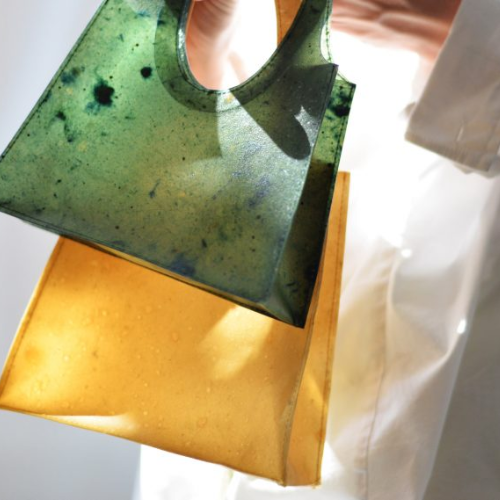
Sources
- Vogue – Is Vegan Fashion Sustainable?
- The Guardian – ‘We are creating a material monster’: the false logic of faux leather
- Good on You – Is Leather a By-Product of the Meat Industry?
- PETA – This Is Why Carrying a Leather Handbag Is Just Like Biting Into a Hamburger.
- Collective Fashion Justice – The carbon cost of our leather goods, calculated
- The carbon cost of our leather goods, calculated
All pictures link to their source, and all credits go to the rightful owners.
You can find the header picture here. It is a picture of a temporary handbag made from discarded fruit peels developed by Berlin design students Lobke Beckfeld and Johanna Hehemeyer-Cürten.
